Vincent Van Gogh and Anselm Kiefer are in rich and intimate dialogue at the Royal Academy of Arts
German artist Anselm Kiefer has paid tribute to Van Gogh throughout his career. When their work is viewed together, a rich relationship is revealed

‘It’s a genuine Van Gogh landscape here. We’re right in grain-harvest time. There are no mountains or hills here to block the view, only big, huge fields. It’s powerful.’ So wrote 18-year-old Anselm Kiefer on 4 August 1963, visiting the Netherlands courtesy of a travel bursary allowing him to follow the footsteps and aesthetic sensibilities of Vincent Van Gogh. ‘Kiefer / Van Gogh’ at the Royal Academy seeks to recall those early observations by the German artist through his sketches and diary notes, alongside more recently created and larger works, and a small selection of Van Gogh’s to draw connections between the two artists.
Van Gogh died 73 years before Kiefer hitchhiked across the Netherlands, Belgium, and France, and though the teenager did find traces of Van Gogh in the encountered landscapes, villages, and people, he also felt real melancholy and loss for how the places had changed from the paintings he knew them by. The excellent, small exhibition booklet offers extracts from Kiefer’s diaries of the trip, including: ‘There are sheaves sitting on some fields (typical Van Gogh). But some of the sheaves have been mercilessly compressed by machines into rectangular solids … like gravestones. The wheatfield becomes a graveyard.’
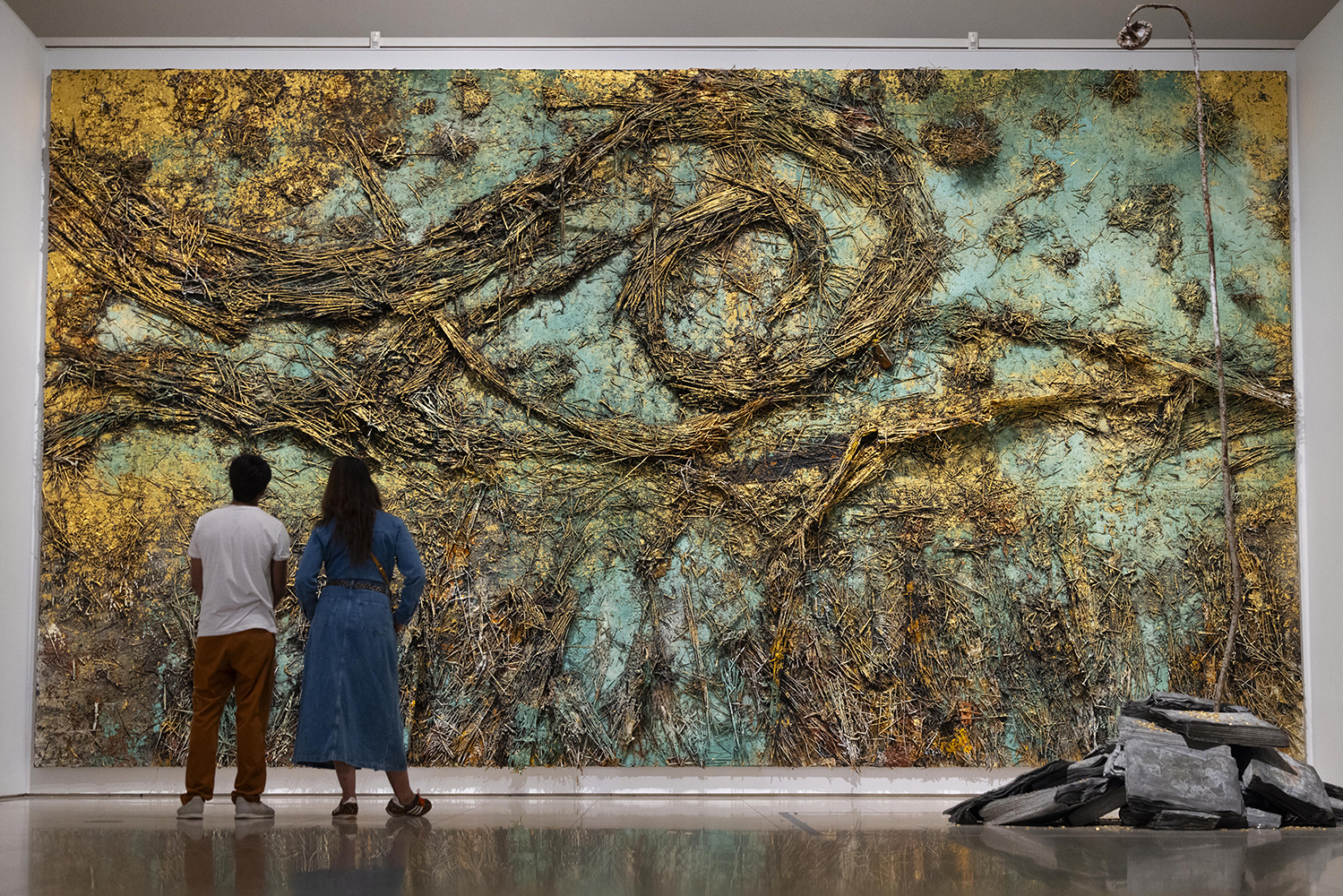
Installation view of the ‘Kiefer / Van Gogh’ exhibition at the Royal Academy of Arts, London (28 June - 26 October 2025), showing Anselm Kiefer, The Starry Night (De sterrennacht), 2019
Kiefer’s work has always dealt with such graveyards and absences. Born in 1945, he has been central within a generation of creatives – including poet Paul Celan, painter Gerhard Richter, and writer WG Sebald – who contended with German recognition of the Shoah (Holocaust), and documented the political, social, and cultural trauma that followed. His vast canvases, deep in texture and meaning, often portray wide rural landscapes punctured by a single pathway leading from foreground to distant horizon line, an invitation for the reader to enter a desolate terrain and join Kiefer on a melancholic journey.
Even though they seem to be Kiefer repeating his best-of, and throwing some Van Gogh into the mix, the oversized works are still captivating and all-consuming
The Royal Academy exhibition, edited down from a larger presentation recently spread across Amsterdam’s Van Gogh and Steelijk museums – is small by Kiefer’s standards. The first and last of the three rooms are dominated by classic, enormous Kiefer canvases. Recent works, presumably made by Kiefer deliberately for these Van Gogh comparison exhibitions, thematically and aesthetically draw connections, often extremely literally. Upon entering, visitors are confronted by The Crows (2019), one of Kiefer’s straight-path-cutting-through-embedded-straw works, with foreboding black birds filling the sky above – with direct lineage to Van Gogh’s Wheatfield with Crows of 1890. Another Kiefer work, a 2007-14 woodcut collage of bowing sunflowers, with a male body lying, Ophelia-like, at their base, is beautiful but a little too on the nose. The Starry Night (2019) not only borrows the swirling nightscape motif, albeit re-rendered in straw, gold leaf, wood, wire, and emulsion, but even the title of Van Gogh’s 1889 masterpiece.
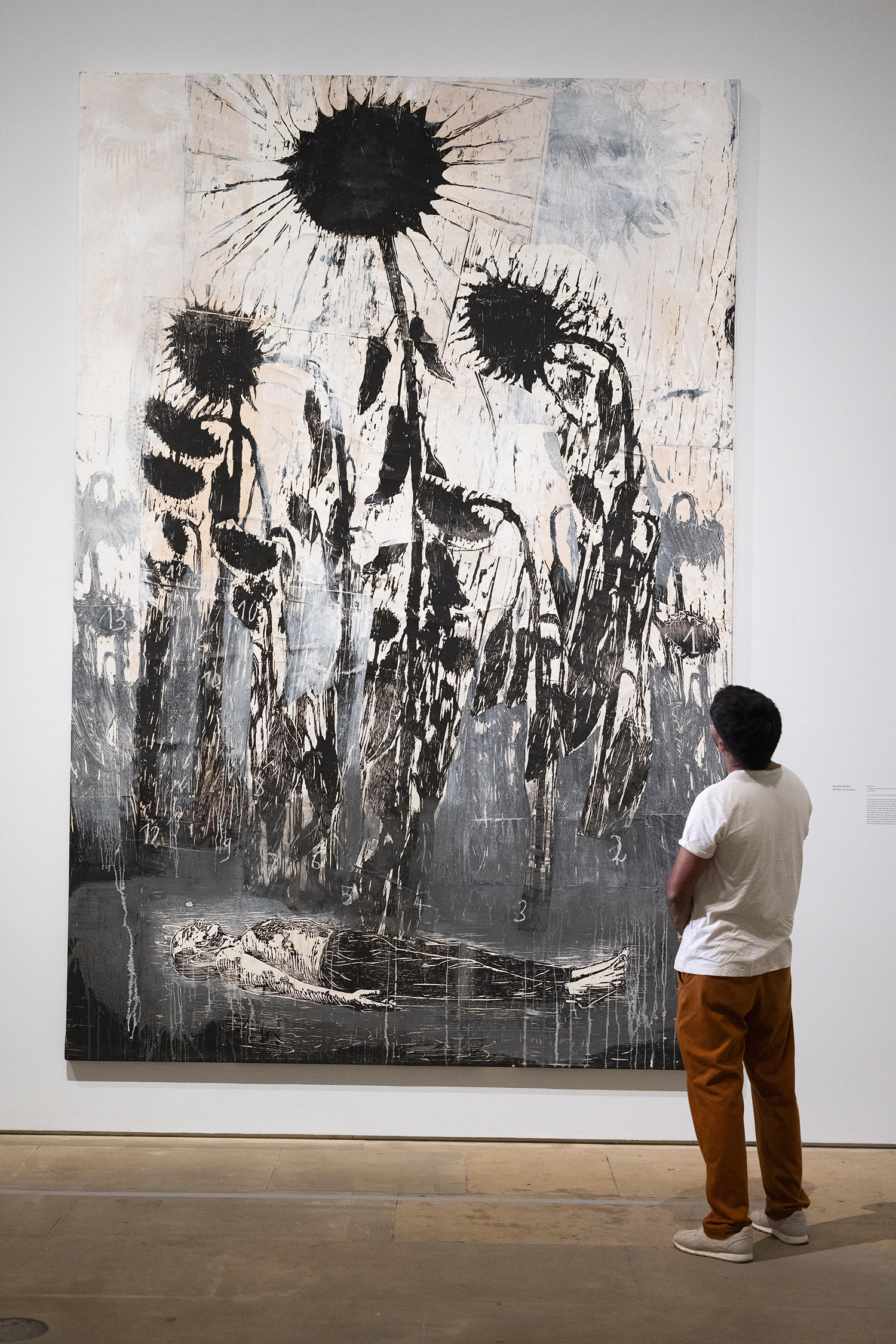
Installation view of the ‘Kiefer / Van Gogh’ exhibition at the Royal Academy of Arts, London (28 June - 26 October 2025), showing Anselm Kiefer, Hortus Conclusus, 2007-14
While these allusions are not subtle, such sublime and oversized works are clearly the attraction for visitors to ‘Kiefer / Van Gogh’. Even though they seem to be Kiefer repeating his best-of, and throwing some Van Gogh into the mix, they are still captivating and all-consuming. But, it’s the centre room where scale and overt referencing are reduced, where more poetic and interesting connections can be found between the two artists.
A series of four graphite and ballpoint sketches by Kiefer capture anonymous landscapes that seem to not only be an attempt to record place, but also a personal style of mark making, one inspired by Van Gogh but not beholden to it, something he acknowledges himself in his own diary: ‘I still haven’t developed my own style. I keep ending up borrowing from Van Gogh, since I’ve studied his drawings in such detail.’ But such exercises, alongside the writing, are beautiful, and a welcome withdrawal from the enormity and intensity we have come to expect from a Kiefer exhibition.
Where scale and overt referencing are reduced, more poetic and interesting connections can be found
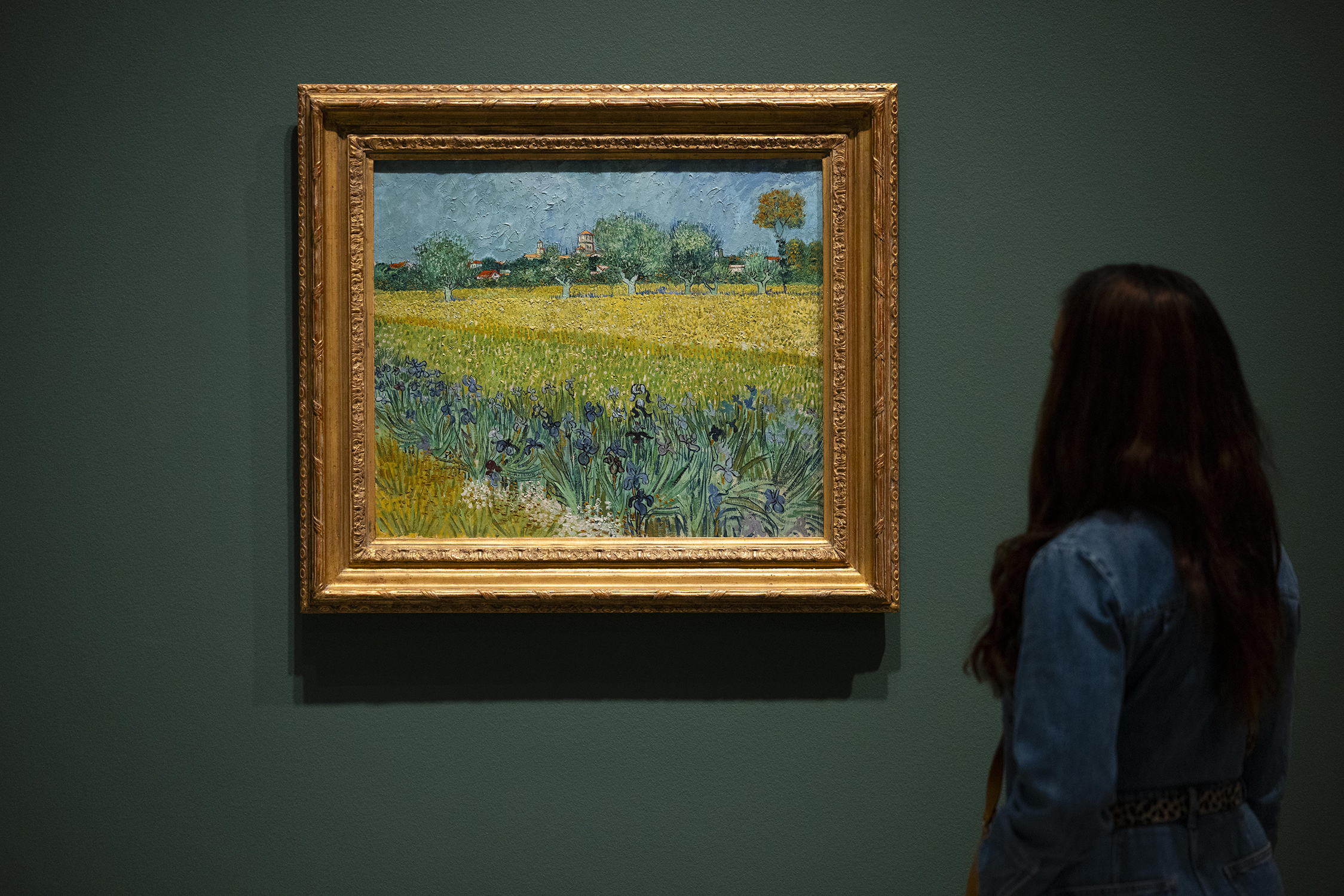
Installation view of the ‘Kiefer / Van Gogh’ exhibition at the Royal Academy of Arts, London (28 June - 26 October 2025), showing Vincent van Gogh, Field with Irises near Arles, 1888
Similarly, two portraits – one of 12-year-old Edith Causse in Arles, and one of Mr Dumont in Fourques – are far from perfect, but, through their awkwardness, quite revealing of a young artist clearly in love with his inspiration, Van Gogh, but wrestling to find his own voice. There is a delicate quality in the marks of charcoal, ink, and graphite in both his sketches and words that is too rarely seen in the immense exhibitions of Kiefer’s work, but it’s one that only makes the marks of the room-filling canvases more profound.
Receive our daily digest of inspiration, escapism and design stories from around the world direct to your inbox.
The Van Gogh works on display are not the most famous – there is no diptych of the two Starry Nights side by side, and there are no Sunflowers. This doesn’t matter much, these are images the world is overly familiar with and they are present even if not hung on the walls. The Van Gogh works that the curators, Julien Domercq and Natasha Fyffe, have placed in this centre room are less important but draw interesting resonance. An 1882 drawing of an unknown Dutch country road is small, but carries as much weight as Keifer’s huge works – a straight road disappearing into the horizon, two lonely figures, a crow waiting in the heavy skies, and wiry nature. All ingredients clearly picked up by Kiefer over his decades of work.
Another, Poppy Field, painted in the last year of Van Gogh’s life, 1890, is the kind of vortexing landscape Kiefer conjures, at first seemingly empty, but full of depth, history, life and death – the label also indicates the work as one recovered from Germany after the Second World War, possibly looted from Nazi victims, compressing in more Kiefer-adjacent meaning into a work already loaded with profundity.

Installation view of the ‘Kiefer / Van Gogh’ exhibition at the Royal Academy of Arts, London (28 June - 26 October 2025), showing Anselm Kiefer, The Last Load (Das letzte Fuder), 2019
Then there is another work from the same year, Snow-covered Field with a Harrow (after Millet), an oil painted by Van Gogh from his asylum and reimagining a Jean-François Millet rural, working landscape into one of cold despair, loss and abandonment. It has all the tropes Kiefer draws from – trauma, loss, flocking crows, a distant horizon, perspectival reach into the distance, and swirling forms conflating land and sky. In the centre, a broken plough.
The painting is less than a metre wide, and the layers of Van Gogh’s paint are only millimetres deep, but any visitor who gets up close, so they lose the ornate frame from their peripheral vision, might think they are looking deep into one of Kiefer’s enormous, deep landscapes. There are rich connections between Kiefer and Van Gogh, but it’s most acutely read not in the recent, enormous new works that shout, but in the more delicate, poetic observations within the smaller works by both artists, and Kiefer’s teenage diaries that have such rich, self-aware observations.
The 'Kiefer / Van Gogh’ exhibition is at the Royal Academy of Arts, London from 28 June - 26 October 2025, royalacademy.org.uk
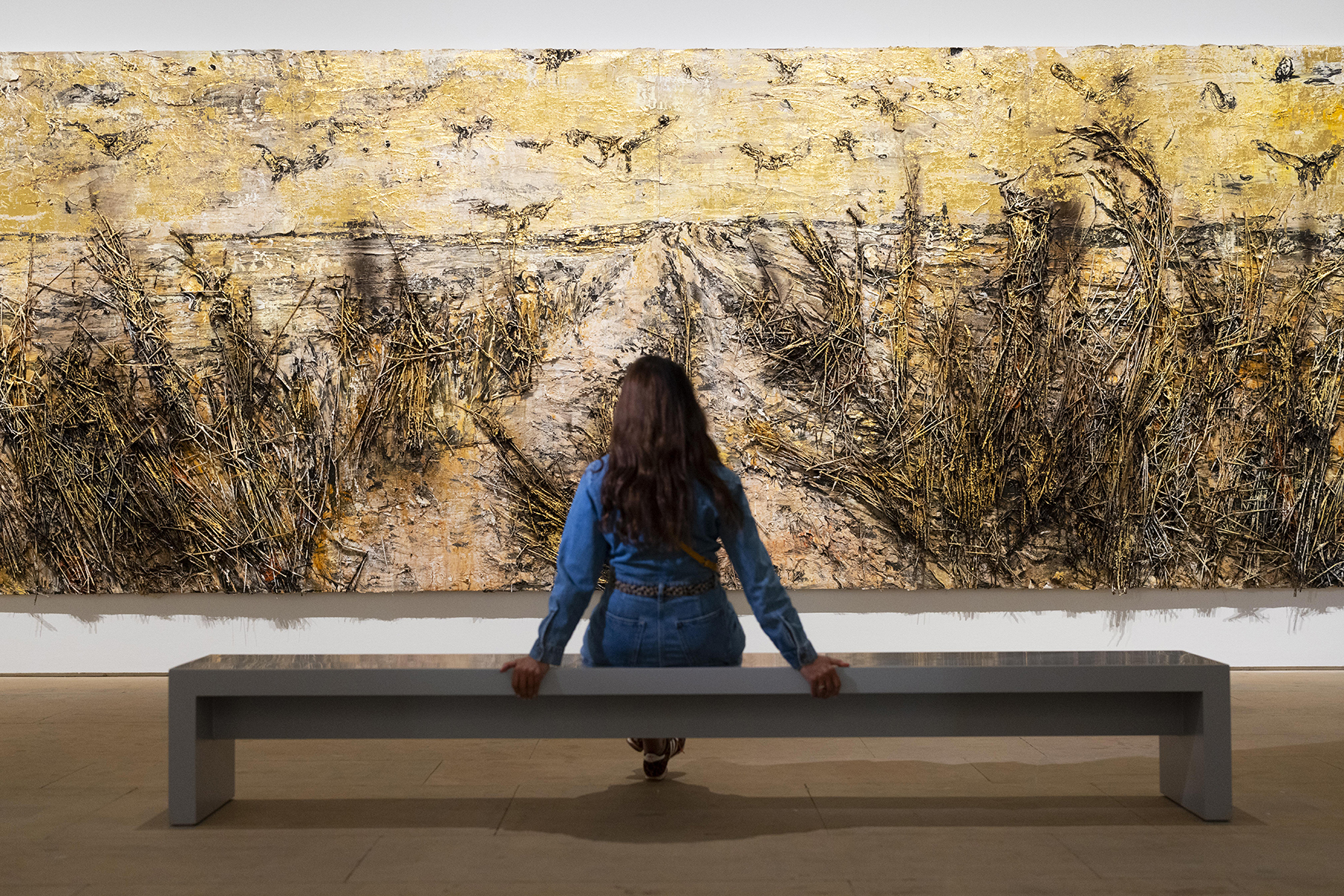
Installation view of the ‘Kiefer / Van Gogh’ exhibition at the Royal Academy of Arts, London (28 June - 26 October 2025), showing Anselm Kiefer, The Crows (Die Krähen), 2019
Will Jennings is a writer, educator and artist based in London and is a regular contributor to Wallpaper*. Will is interested in how arts and architectures intersect and is editor of online arts and architecture writing platform recessed.space and director of the charity Hypha Studios, as well as a member of the Association of International Art Critics.
-
 David Shrigley designs album cover for punk band Lambrini Girls
David Shrigley designs album cover for punk band Lambrini GirlsThe limited edition release from the Brighton duo is available now
-
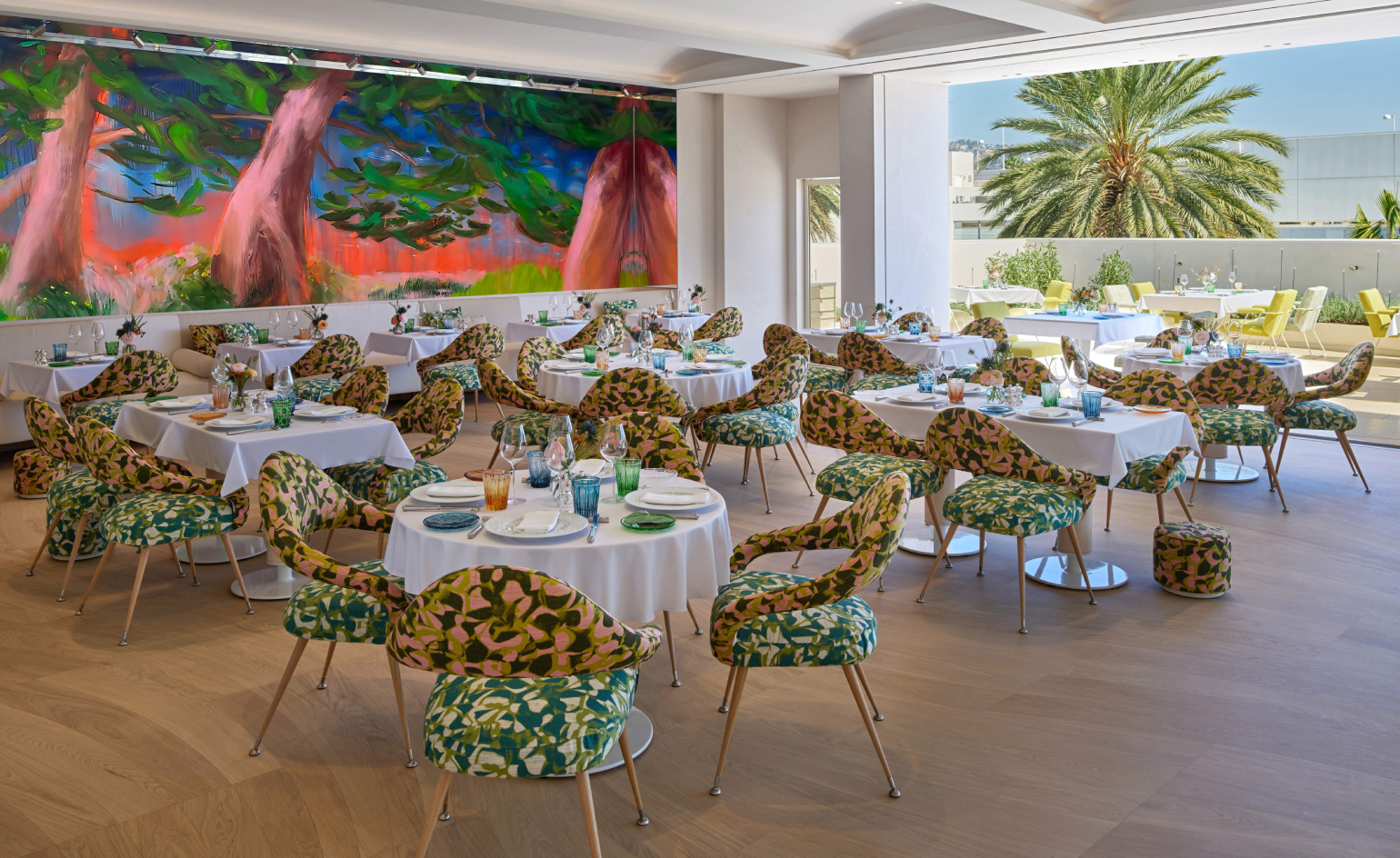 Dior’s new Beverly Hills dining salon raises the bar for couture cuisine
Dior’s new Beverly Hills dining salon raises the bar for couture cuisineFrom Peter Marino’s onyx bar and faceted mirrored walls to Nicole Wittenberg’s vast, immersive botanical canvas, Dior’s first restaurant outside Paris is here
-
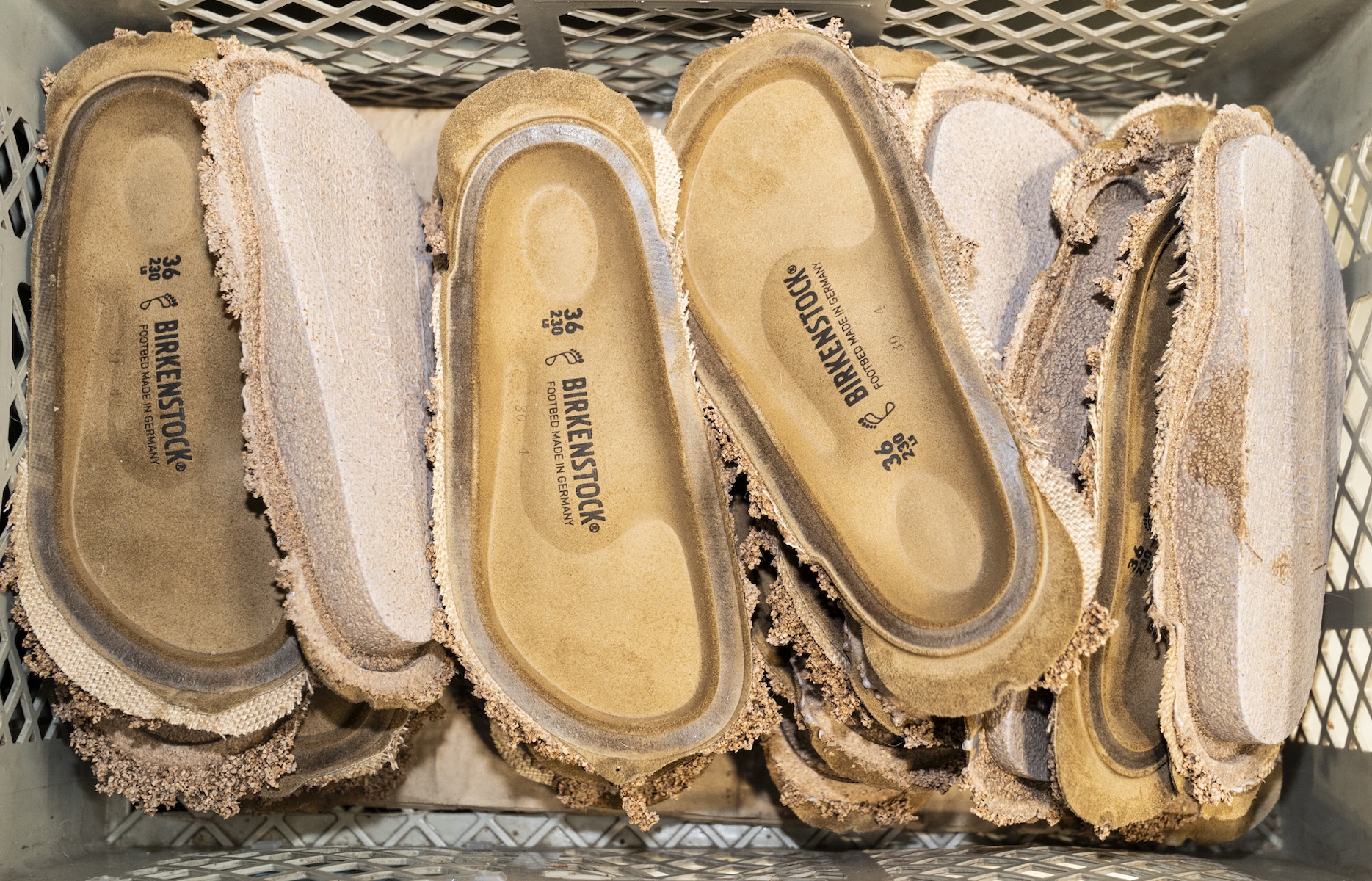 Inside the factory where your Birkenstocks are made
Inside the factory where your Birkenstocks are madePart high-tech laboratory, part artisanal workshop, the German factory straddles past and future. For Wallpaper*, Stuart Brumfitt takes a rare tour
-
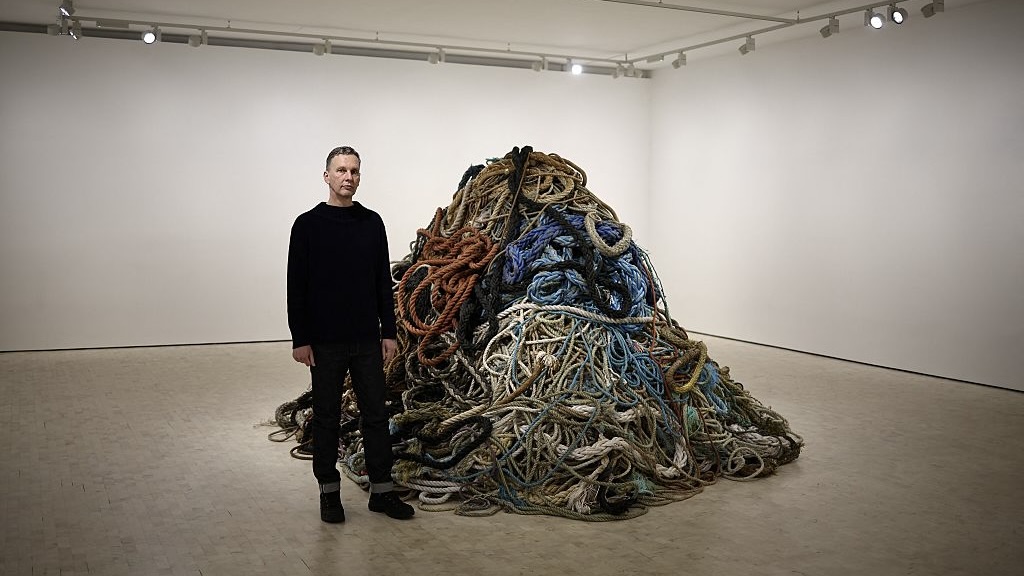 David Shrigley is quite literally asking for money for old rope (£1 million, to be precise)
David Shrigley is quite literally asking for money for old rope (£1 million, to be precise)The Turner Prize-nominated artist has filled a London gallery with ten tonnes of discarded rope, priced at £1 million, slyly questioning the arbitrariness of artistic value
-
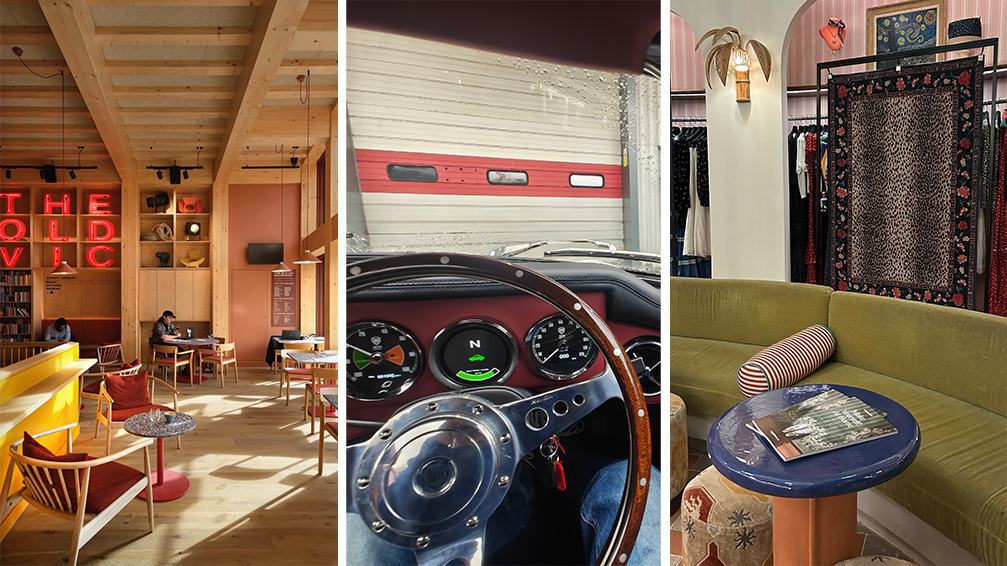 Out of office: The Wallpaper* editors’ picks of the week
Out of office: The Wallpaper* editors’ picks of the weekThe rain is falling, the nights are closing in, and it’s still a bit too early to get excited for Christmas, but this week, the Wallpaper* team brought warmth to the gloom with cosy interiors, good books, and a Hebridean dram
-
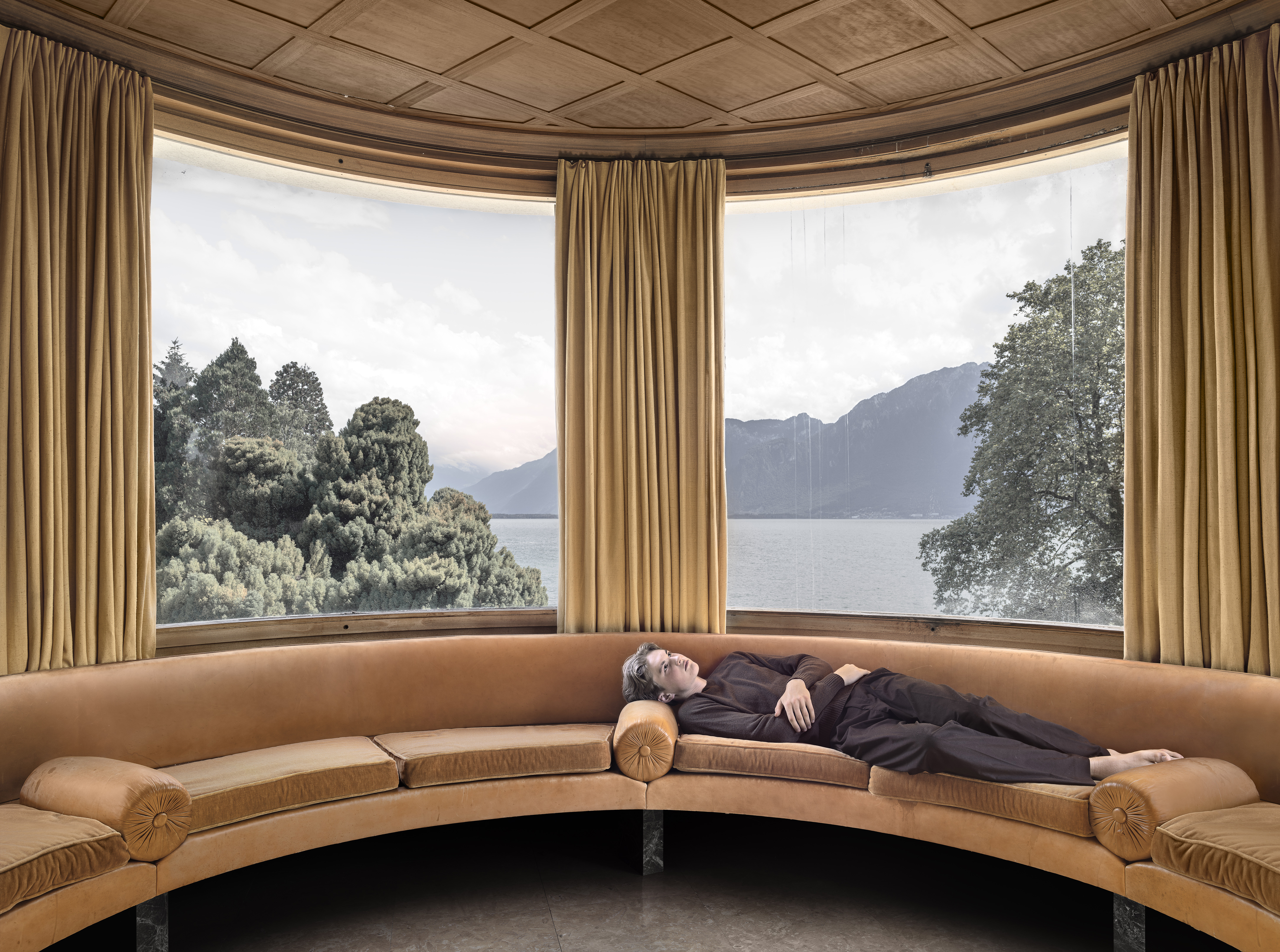 A former leprosarium with a traumatic past makes a haunting backdrop for Jaime Welsh's photographs
A former leprosarium with a traumatic past makes a haunting backdrop for Jaime Welsh's photographsIn 'Convalescent,' an exhibition at Ginny on Frederick in London, Jaime Welsh is drawn to the shores of Lake Geneva and the troubled history of Villa Karma
-
 Maggi Hambling at 80: what next?
Maggi Hambling at 80: what next?To mark a significant year, artist Maggi Hambling is unveiling both a joint London exhibition with friend Sarah Lucas and a new Rizzoli monograph. We visit her in the studio
-
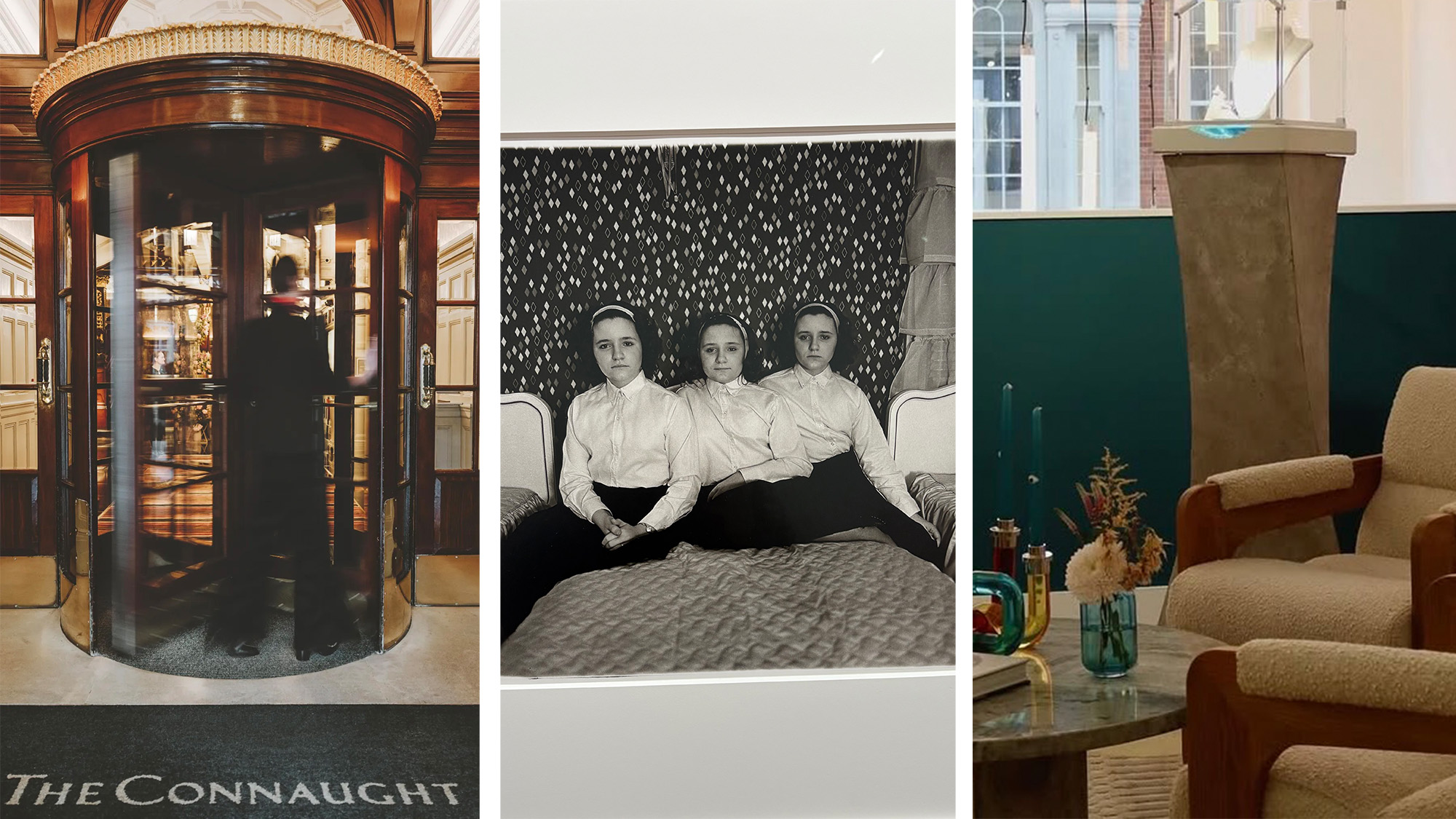 Out of office: The Wallpaper* editors’ picks of the week
Out of office: The Wallpaper* editors’ picks of the weekThis week, the Wallpaper* editors curated a diverse mix of experiences, from meeting diamond entrepreneurs and exploring perfume exhibitions to indulging in the the spectacle of a Middle Eastern Christmas
-
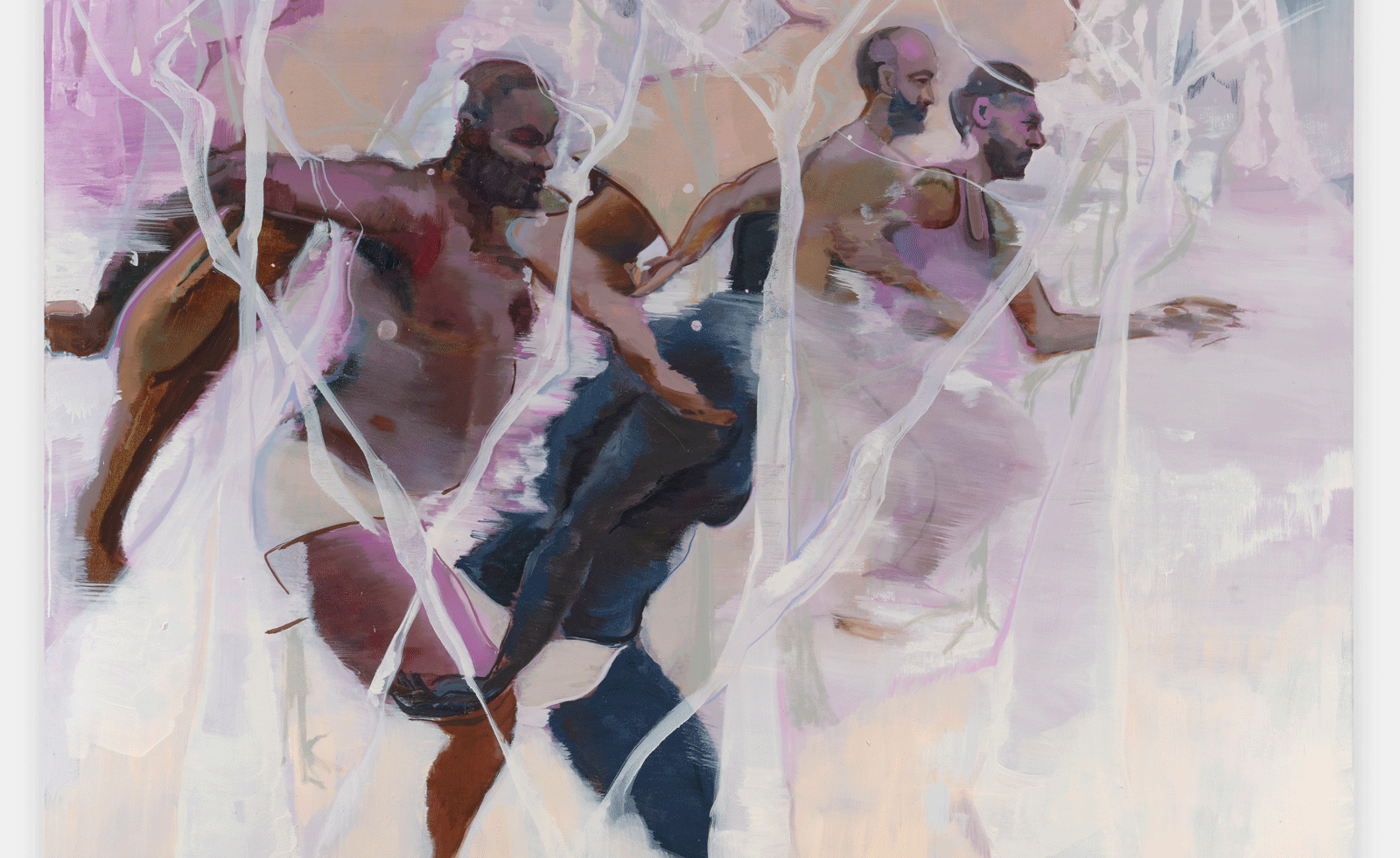 Artist Shaqúelle Whyte is a master of storytelling at Pippy Houldsworth Gallery
Artist Shaqúelle Whyte is a master of storytelling at Pippy Houldsworth GalleryIn his London exhibition ‘Winter Remembers April’, rising artist Whyte offers a glimpse into his interior world
-
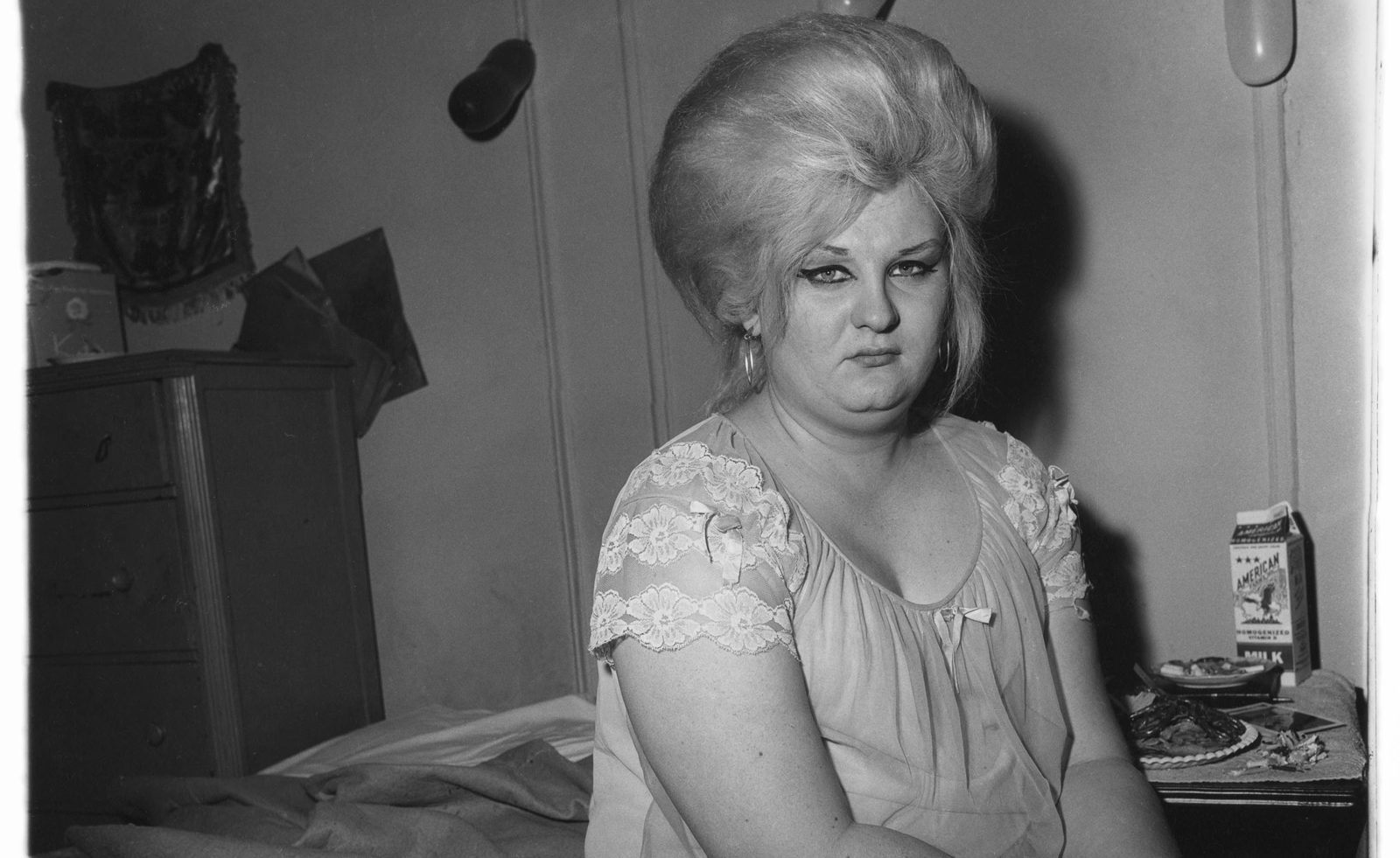 Diane Arbus at David Zwirner is an intimate and poignant tribute to her portraiture
Diane Arbus at David Zwirner is an intimate and poignant tribute to her portraitureIn 'Diane Arbus: Sanctum Sanctorum,' 45 works place Arbus' subjects in their private spaces. Hannah Silver visits the London exhibit.
-
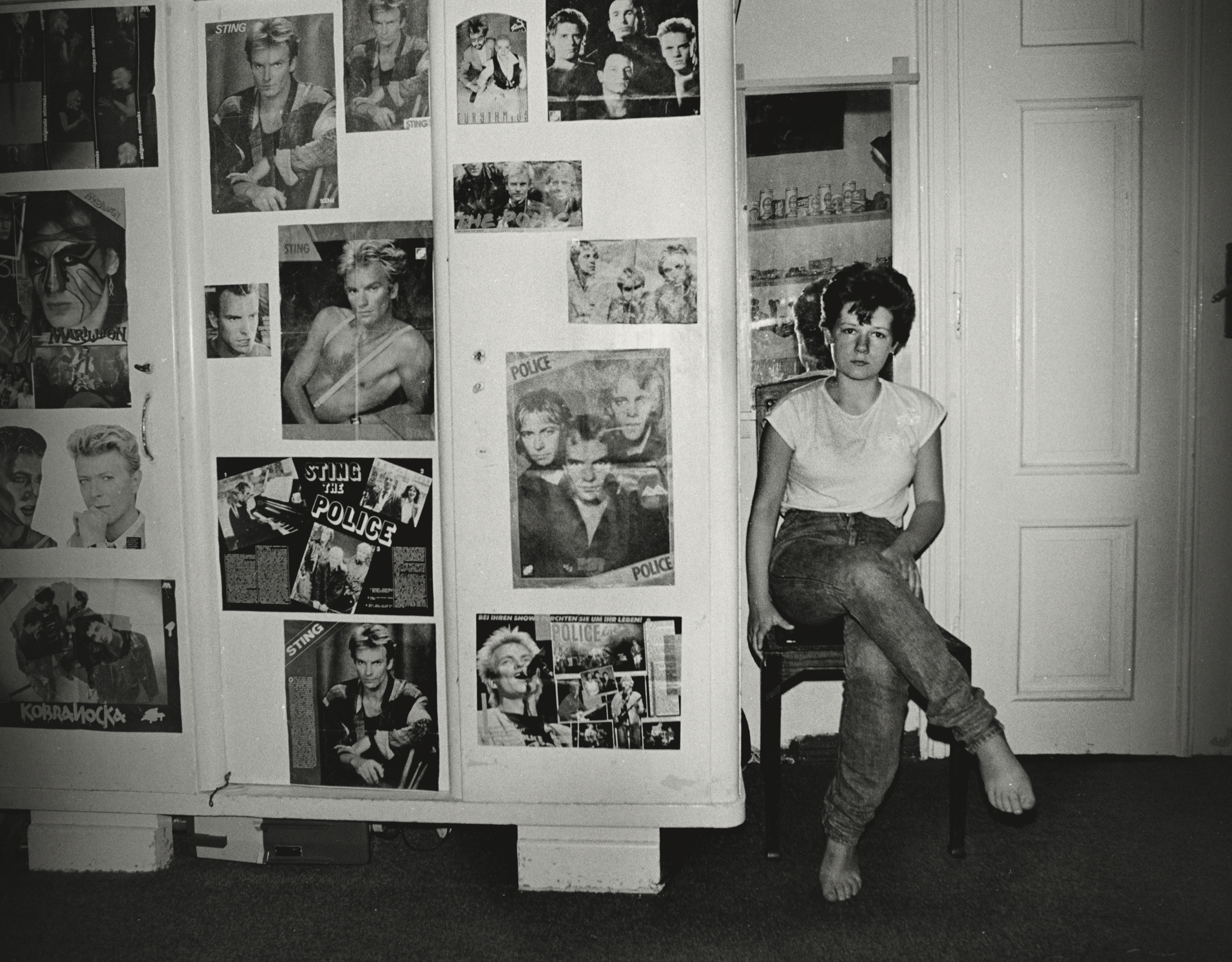 Zofia Rydet's 20-year task of photographing every household in Poland goes on show in London
Zofia Rydet's 20-year task of photographing every household in Poland goes on show in LondonZofia Rydet took 20,000 images over 20 years for the mammoth sociological project